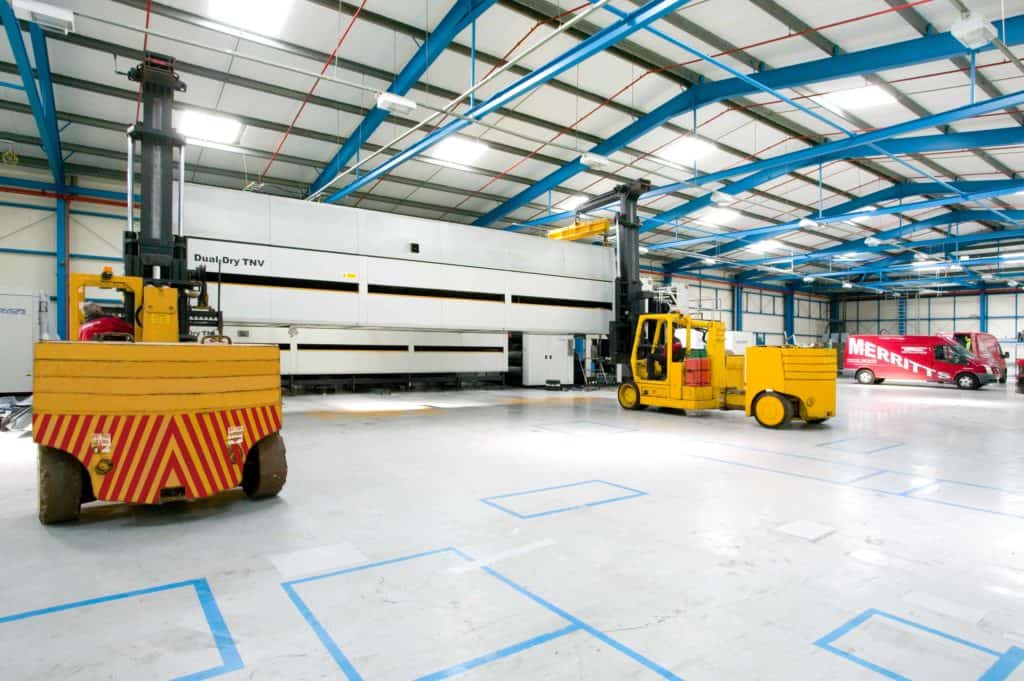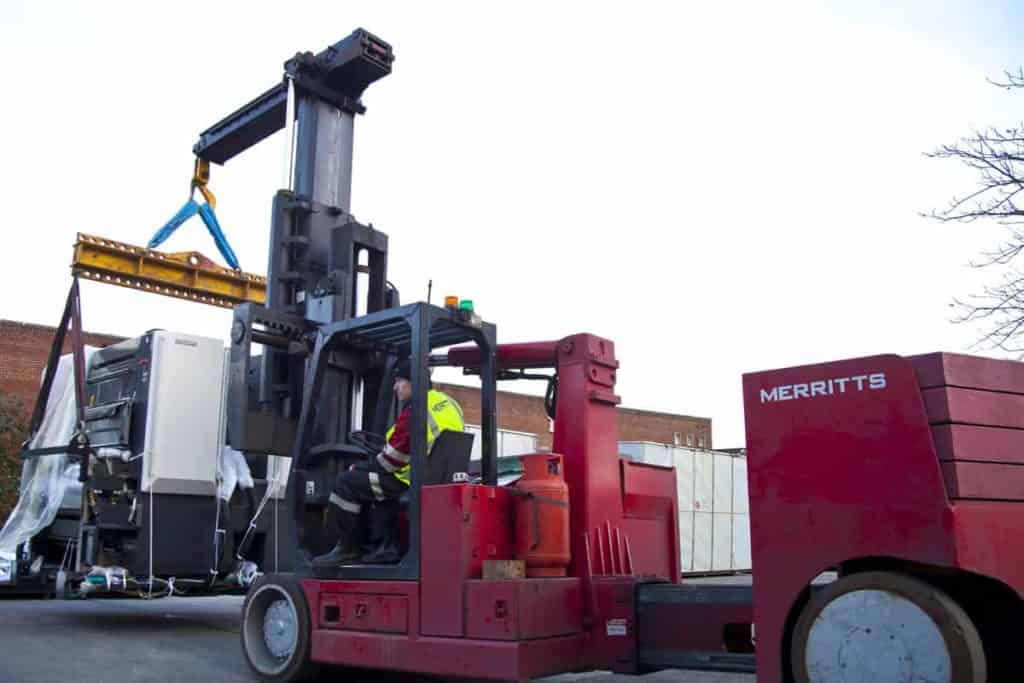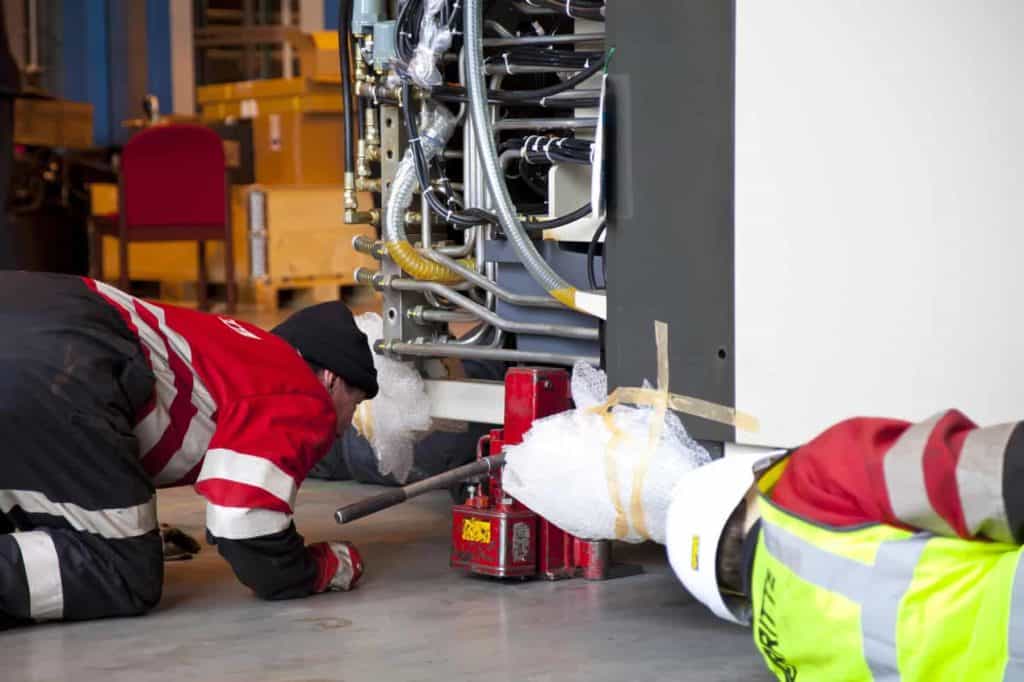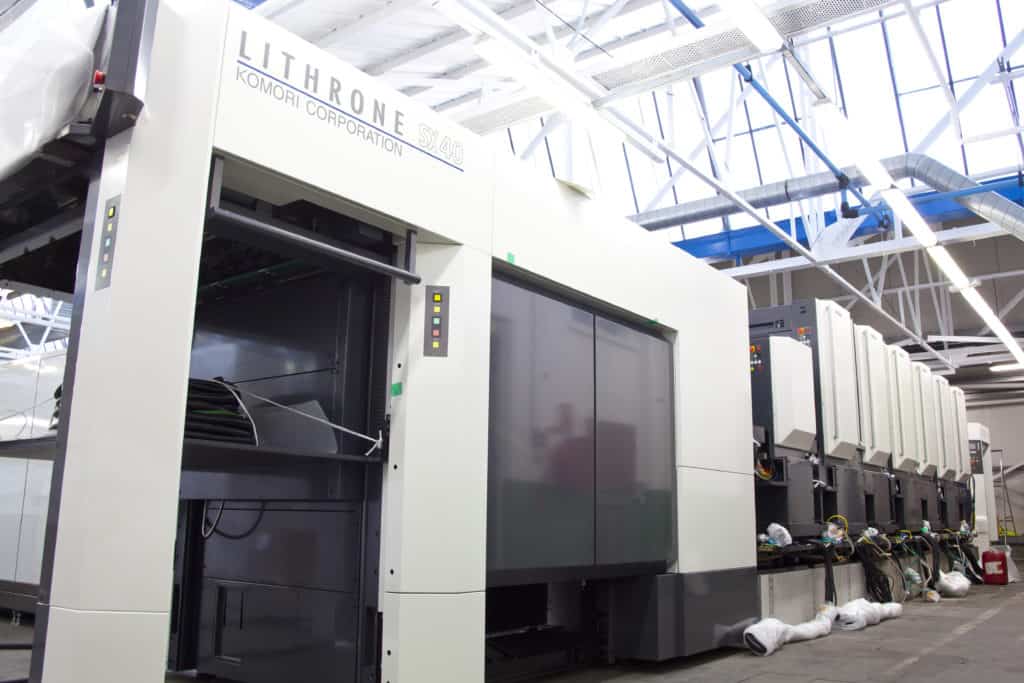Call FREE: 0800 046 9840
Email us: enquiries@merritts.uk.com


No two jobs are exactly the same, which means we need to adapt our extensive skills and understanding to suit each project and each client. We also learn from every project that we undertake, which leads to even better planning, safer handling and greater efficiencies when moving machinery.

To give you an idea of the magnitude of each job and the full service that we provide here are the essential steps that we do to ensure everything goes smoothly when moving machinery:
Stage 1 – Planning and preparation
There’s a lot of truth in the adage ‘fail to prepare, prepare to fail’. With so many variables on any one job our skilled teams need to assess every part of the move from the machine being powered down to it being powered up at its new location.
Our team will build up a detailed knowledge of your requirements to ensure safe and efficient handling of your equipment. We will work out the size and skills of the team required, what vehicles need to be used, how the machinery will break down, the best way to remove it from the site and onto a truck, the transit to the second location and then the final install. These elements will be precisely scheduled to give you as little downtime as possible.

Stage 2 – The right tools for the job
We pride ourselves on having some of the best equipment in the business. The Merritts fleet consists of specialist vehicles which have been custom built to our own specifications in order to give us the best options when it comes to heavy lifting, long distance transit and precision handling.
For instance, we use a range of Versa-Lifts, which are specialist forklifts capable of lifting up to 37 tonnes. They’re also relatively small, allowing us to get at machinery in restrictive spaces. When we need some extra muscle we’ll use a Megalift, which can be set up over, under, around or adjacent to the load, and can lift a massive 200 tonnes. When we need greater versatility we may go for one of our specially designed lorry-mounted cranes which can lift up to 30 tonnes and have a reach of up to 18m.
Find out more about the capabilities of our fleet here.
Step 3 – On the day
Whenever onsite the Merritts team effectively act as representatives of our clients, performing to the same exacting standards of professionalism, technical competence and customer service. On the day of the move our skilled team will help break down the equipment, meticulously recording the process to help with reassembly and locating at the final destination. Every effort is made to prevent damage to the machinery or the surrounding area. For instance we protect the flooring onsite when one of our forklifts needs to enter a building.

Step 4 – Transportation
Once loaded the plant machinery will be driven directly to the location, which in some cases may require multiple trips. We also offer off-site storage for machinery if they need to be held until the new site becomes available and we can transfer decommissioned machinery for recycling or scrap where necessary.
In certain cases, such as particularly big loads, we’ll even liaise with the Police to arrange permissions to travel on certain roads under escort.
For international transportation we offer a professional export packing and shipping service. We can build bespoke cases for machinery to ensure it is properly protected. Even fitting tilt sensors when it’s required. On your behalf we’ll handle all the import and export documentation including customs clearance procedures. In all other ways, our international service is the same as the one we perform in the UK. We will ship our own vehicles and other essential equipment overseas so that the final leg of the delivery and installation remains within our control. We already have the necessary permits for working overseas. On the occasions that we do subcontract our work it is only to firms with whom we have good relationships with, confident that they can deliver to our own exacting standards.

Step 5 – Relocation
Once the load has arrived at its destination the process is reversed to take the machinery onsite and precisely positioned with the same care and attention that went into moving it in the first place. All the reference materials recorded at the first location are studied to ensure positioning and assembly is correct. Then it’s just a case of thoroughly testing the equipment before going finally going live.
If you’re planning a big move give us a call to find out how we can help it go as smoothly as possible.
